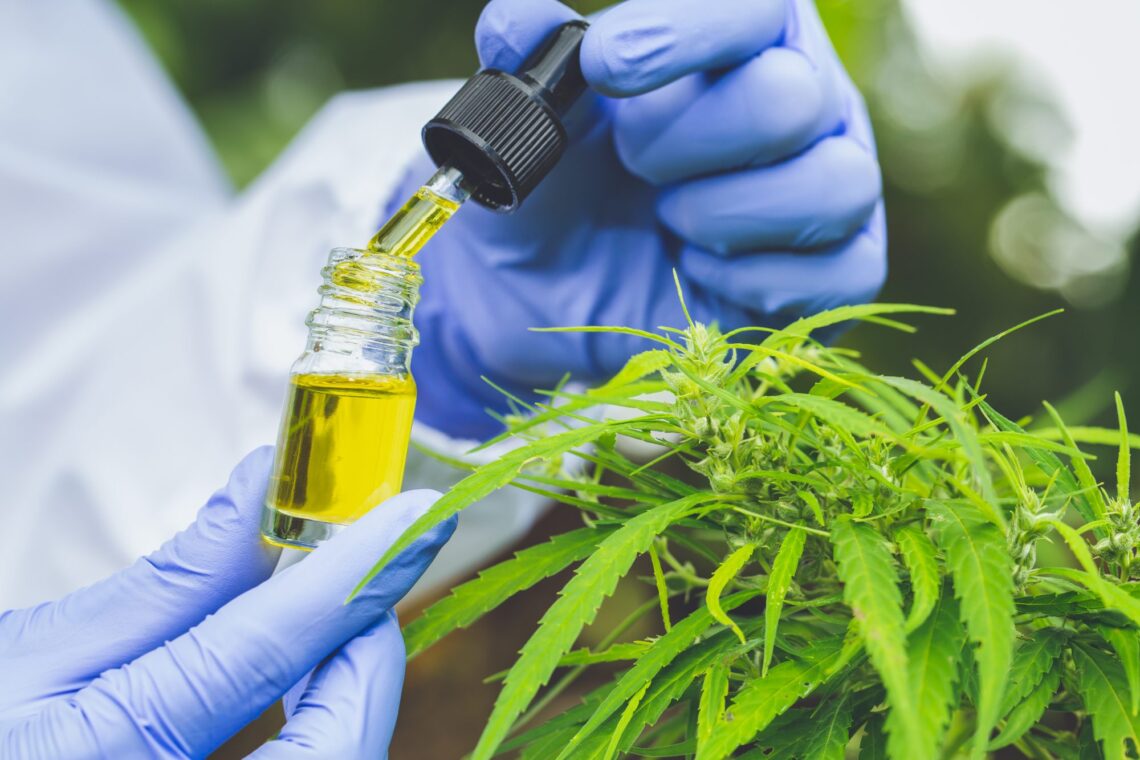
Using Medical Cannabis Treatment for Arthritis Pain
More than 540 different compounds have been identified in the medical cannabis plant, including more than 100 active molecules called cannabinoids that are found nowhere else in the world save in the cannabis plant. Tetrahydrocannabinol (THC) and cannabidiol (CBD) are the two most prevalent cannabinoids.
Marijuana is a slang name for products containing high concentrations of the psychoactive component THC. In this article, we refer medical marijuana treatment to everything made from the cannabis plant by its proper scientific name, “cannabis.”
Although anecdotal reports abound of cannabis’s efficacy in alleviating arthritic pain, the majority of scientific data thus far comes from animal or laboratory research. Scientists are still investigating whether or whether cannabis helps alleviate pain and other symptoms, such anxiety and sleeplessness.

What Is Medical Cannabis Used For?
To cure a medical problem, one can use medical cannabis or cannabis-derived products. The medical benefits of cannabis have led many individuals to turn to marijuana for relief from illnesses including chronic pain, anxiety, and sleep problems.
Some medical marijuana patients choose to use CBD-only or very low-THC cannabis products. THC is the primary component responsible for cannabis’ intoxicating psychoactive effects, notwithstanding its legitimate medical uses.
Epidolex is the only CBD medicine that has been authorised by the Food and Drug Administration for the treatment of a specific medical condition. It has been licenced for use in the treatment of Lennox-Gastaut syndrome and Dravet syndrome, two extremely uncommon types of epilepsy.
To combat chemotherapy-induced nausea and anorexia in AIDS patients, doctors have authorised the use of dronabinol, the synthetic version of THC found in Marinol and Syndrol.
With a doctor’s approval, patients in places where medical marijuana is permitted can get a medical marijuana card that will allow them to purchase and possess cannabis. Some medical professionals, for instance, have suggested cannabis for the following conditions:
AIDS, arthritis, chronic pain, glaucoma, cancer, multiple sclerosis-related muscular spasms, chemotherapy-induced nausea, significant weight loss, seizures, and wasting syndrome are among conditions that can be exacerbated by stress.

Does cannabis help relieve arthritic pain?
There is no concrete proof or 100% assurance that medical cannabis will heal arthritis, and the authorities have sent warning letters to medical cannabis resource enterprises claiming to treat arthritis.
Cannabinoids in medical cannabis may alleviate some of the symptoms of arthritis, but it won’t do much to really cure the disease. The human evidence for its efficacy in treating joint problems is limited, according to a 2020 review research. Animal research and anecdotal data are mostly what back up the claim that medical cannabis can help with arthritic pain.
CBD is a cannabinoid that has anti-inflammatory properties, which might make it useful for treating arthritic pain. In 2020, researchers want to determine how exactly CBD works in the body. CBD has been shown to suppress the development of synovial fibroblasts, molecules that contribute to cartilage disintegration in rheumatoid arthritis, according to a reliable source.
How may cannabis oil help with arthritic pain?
To experience the effects of medical cannabis, one of three methods – ingestion, inhalation, or topical application can be used. There is a wide range of medical cannabis products to choose from, including: in forms of pills and capsules to gummies to oils and tinctures to lotions and creams to vape pens.
Only a little amount of study has been done to determine which kind are most beneficial in relieving pain. There was a study done in 2013 that compared the effects of 20mg of dronabinol (synthetic THC) given orally with smoking cannabis containing 3.56 percent THC for pain relief. The researchers discovered that both treatments reduced pain sensitivity compared to a placebo, but oral dronabinol’s benefits persisted far longer.
It is recommended to use cannabis products slowly and cautiously at first. When eaten orally, cannabis’s effects may not reach their peak for many hours.
Reviewing the research from 2018, experts recommend beginning with a modest dose and increasing it as you become familiar with your body’s response. Finding the sweet spot between effective pain relief and unpleasant side effects is key when selecting the optimal dosage.
To lessen the likelihood of negative side effects, the review authors suggest keeping daily THC use below 30mg. In many of the places where cannabis is now legal, 10mg of THC is considered one dose.
Nonetheless, even 2.5 mg of THC might be enough to make some individuals feel high. The effects of cannabis vary from person to person based on variables such as prior exposure, tolerance level, heredity, and metabolic rate.

Seek medical advice.
Get medical advice before using cannabis or cannabis products for arthritic pain. It’s important to talk to your doctor about the possible drug interactions when using cannabis. If you have a medical condition, your doctor can advise you on whether or not cannabis usage will make it worse.
Is it necessary to worry about any negative consequences when using medical cannabis?
There is a correlation between the amount of cannabis consumed and the intensity of its negative effects. They also seem to happen more frequently to novices.
There may be some short-term adverse effects such as:
- anxiety, fright, or panic
- coordination issues
- disorientation
- delusions
Symptoms include: paranode, dry mouth, weariness, hallucinations, hunger, impaired memory and attention, and paranoia.
Inflammation and irritation of the lungs caused by cannabis smoking are similar to those caused by tobacco smoke.
Products on store shelves may include components other than those listed on the label, or may contain those ingredients in incorrect quantities. The FDA discovered that just 30.95 percent of 84 samples of CBD they examined in 2020 had accurate labels.
Is medical cannabis legal in Australia?
There is considerable homogeneity throughout states in Australia regarding to the legality of medical cannabis. Medical marijuana has been approved in medical use in Australia, which means it can be recommended by a medical professional to you for use.
Summary
A large number of anecdotal reports suggest that cannabis can help ease the discomfort associated with arthritis. Although much of the supporting research thus far has come from animal studies, there have been a few human trials that show promise.
You may wish to talk to your doctor about trying medical cannabis if it is available where you live. Cannabis may be worth a go if other therapies have failed, but it doesn’t benefit everyone.
To know more about where to buy medical cannabis in Australia and other medical marijuana resources, you should book a consultation session with a professional from Chronic Therapy today.
ALSO READ: Benefits of Taking CBD Oil During the Day





